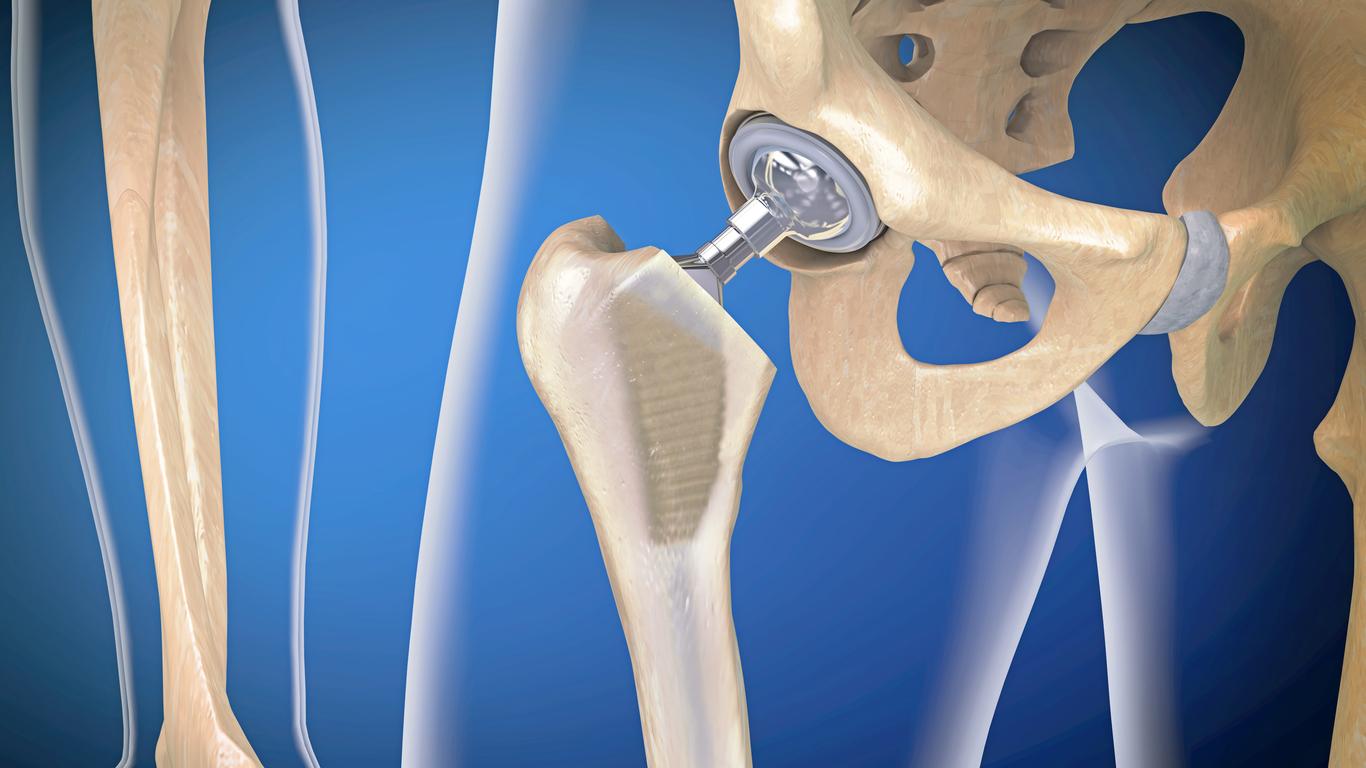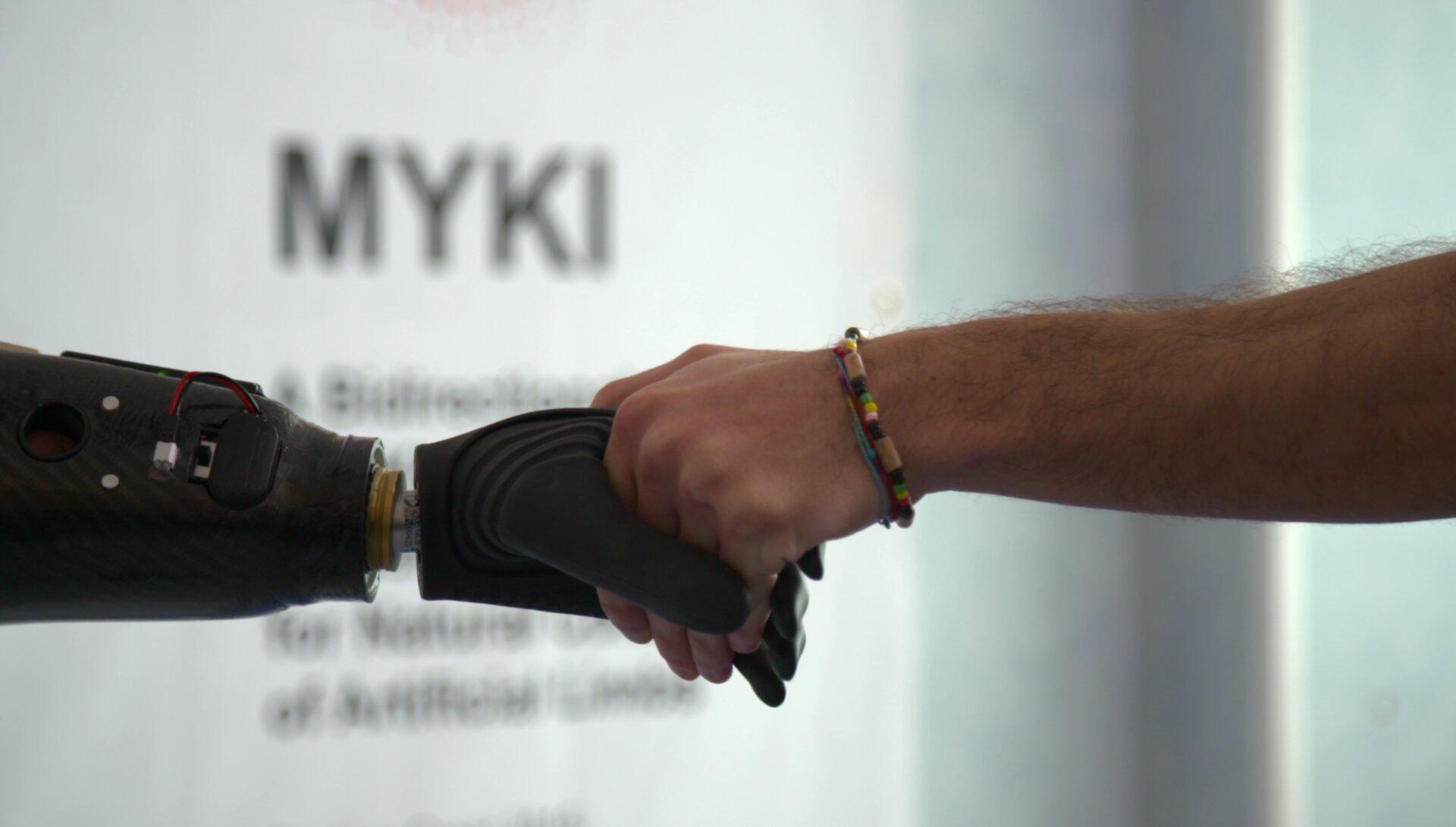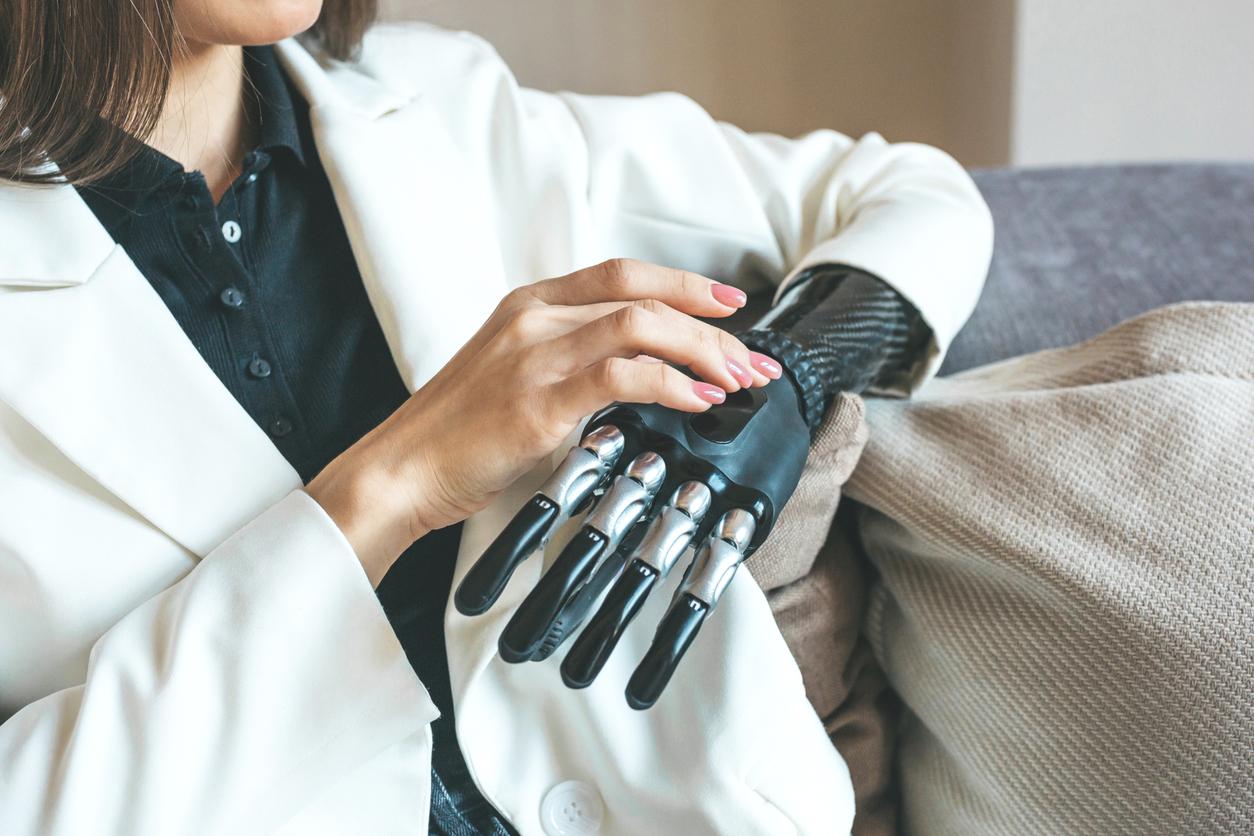Let’s take a journey through time and space as the oldest joint prostheses in the world, dating back to ancient Egypt, have been tested.
In fact, archaeologists had already discovered mummies without toes and fitted with a prosthesis. But, what we did not know yet is if these prostheses were just aesthetic or if they had really served. To unravel this mystery, experts in Egyptian funeral practices and prosthetic specialists worked together.
And so, they tested these prostheses thousands of years old?
Exactly, they actually tried two: one made of wood and leather dating from around 800 BC and the other, made from chewed papyrus, dating back to 600 BC. Certified copies of the two oldest prostheses in the world were then made and volunteers with right big toe amputations were recruited.
So, have these prostheses proven to be usable?
Well, after going ten meters back and forth barefoot, with replica Egyptian sandals, and with classic shoes, the tests were conclusive with… the kinds of gladiator sandals. In this case, the pressure was the same on both feet and the walk was comfortable.
However, medicine has made progress since ancient Egypt. We saw it at the last Olympic Games …
You mean Oscar Pistorius, the 100-meter runner nicknamed Blade runner because of his high-tech carbon prosthetics. These blades allowed him to compete, for the first time with able-bodied, but they are really only cut for running.
For walking, I imagine that we are no longer in wood and even less in chewed papyrus?
No, of course, the novelty is in particular motorized knee prostheses. Equipped with motors and sensors capable of replacing muscles, walking is much more natural. Only four French patients have so far been fitted.
.















